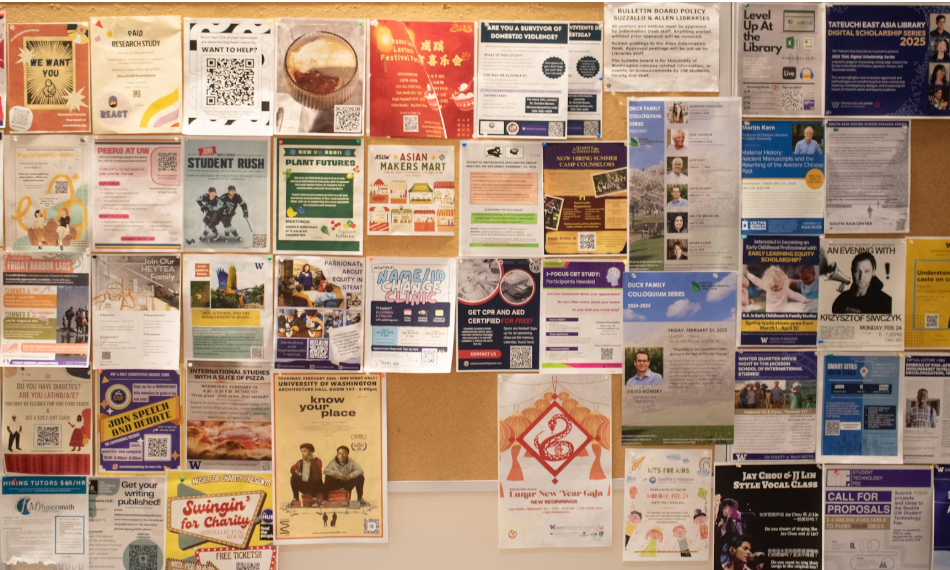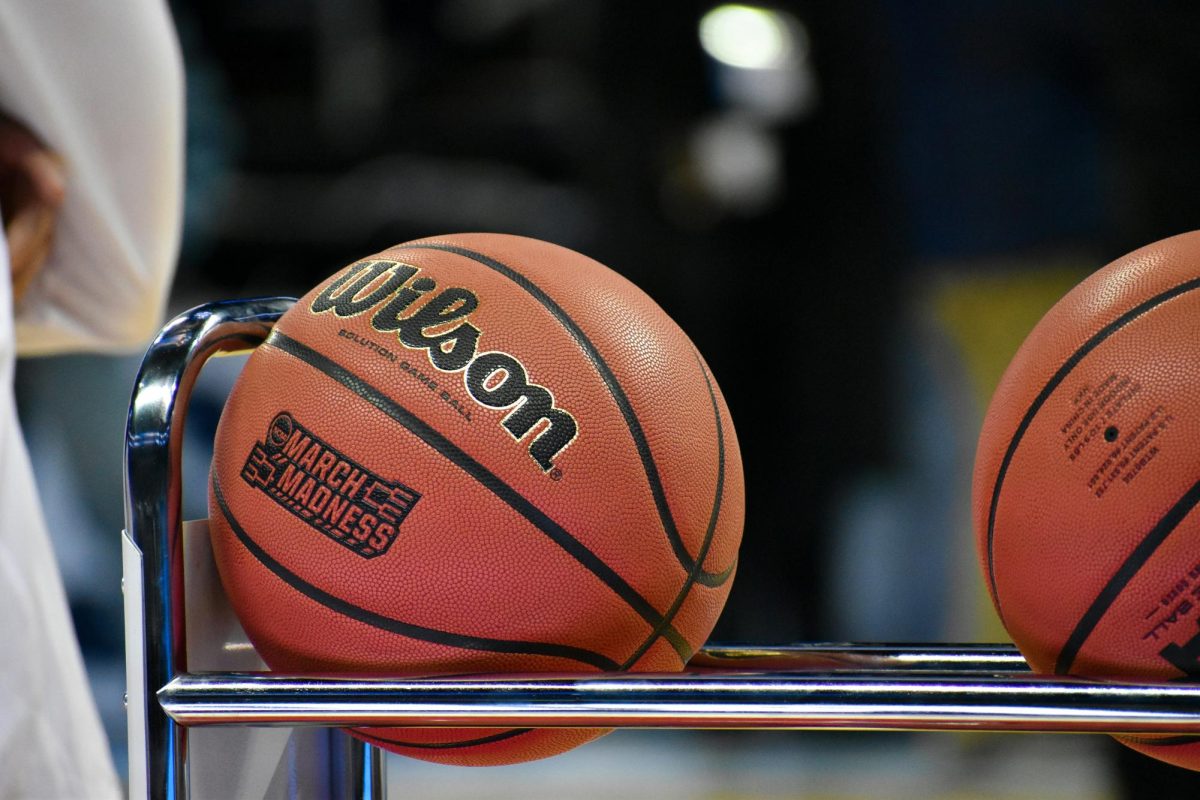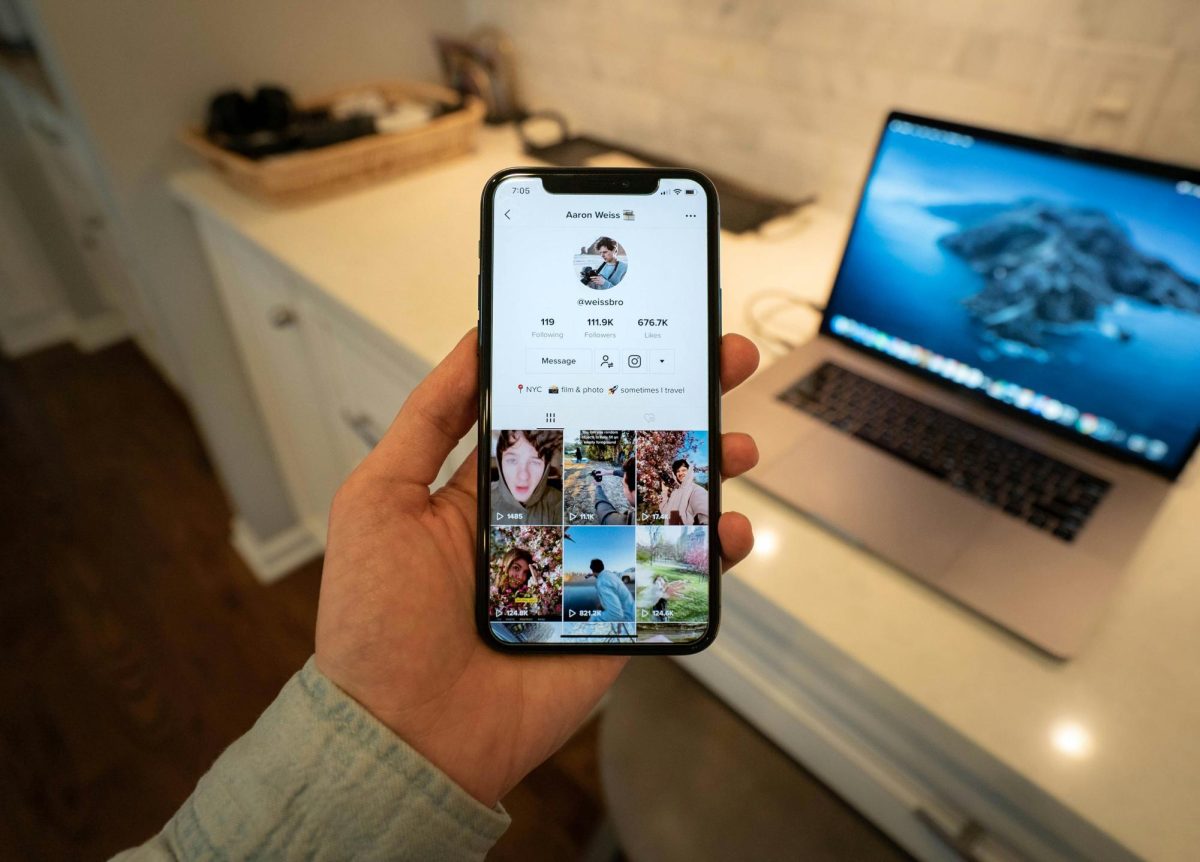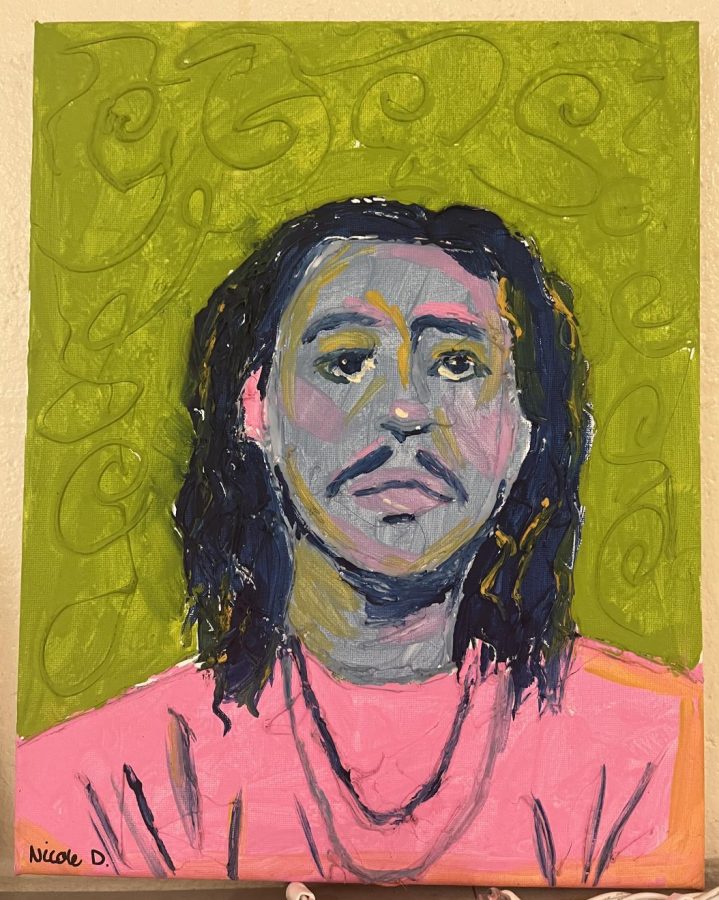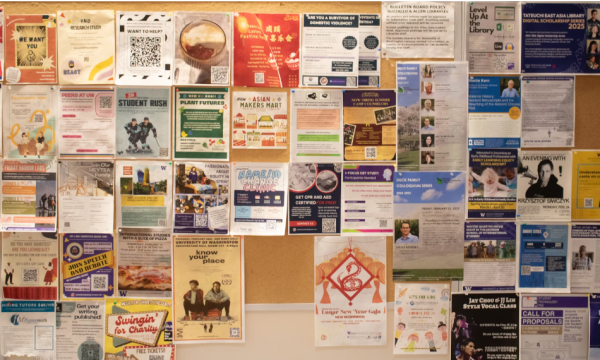Daylight Saving the Night
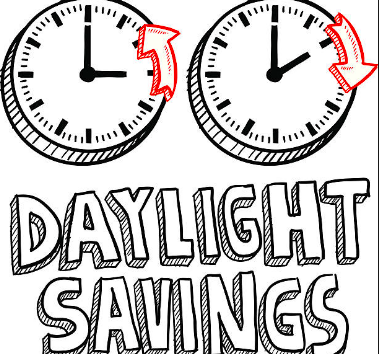
On Sunday, March 10, daylight saving time began in the early morning of spring as per the calendar’s dictation. With heavy eyelids, people all across the world rose, correcting their clocks and setting about their daily tasks, exhausted from the missing hour of their sleep. They bemoaned the adherence to tradition in those sleepy hours – perhaps even thinking things like “Why do we even have daylight saving time? We aren’t farmers. We don’t need the daylight,” or “Maybe I can sleep in that extra hour… after all, it’s technically not as late as the time says.” However, ultimately the regained daylight in the evening is positive and lessens the burden of seasonal depression; that being said, there is undeniably a heavy toll placed on the lost sleep, and sources report that March 11th (the day following daylight savings) has an increase in car accidents due to fatigue on the road. The key is just surviving the transition from one time to the other and adopting new habits to assist in this process.
WebMD writes that, typically, for every hour of sleep that is lost (including cases of time zone hopping, as daylight savings essentially mimics the symptoms of jetlag) it takes a day to adjust. However, for those who are sleep-deprived (which WebMD cites to be six hours or less, in this instance), issues in performance may be more prominent and long-lasting, and as high school students, Cass does not necessarily boast the most bedtime-conscious student body. Unfortunately, Health.com indicates the teenagers suffer most from the symptoms of spring daylight savings. Amanda MacMillan writes, “…their internal clocks make it difficult for them to shift their sleep patterns an hour earlier… A 2015 study in the Journal of Clinical Sleep Medicine found that teens lost significant sleep after the spring time change, and showed increased sleepiness, delayed reaction time, and more lapses in attention on subsequent days.”
However, these issues can always be avoided. For the weeks leading up to and following daylight saving-time, make sure to adhere to responsible sleeping hours and habits, like limiting technology right before bed and making use of calming routines (baths, face masks, etc.). Doing so will help the average student’s academics, mindset, and driving record.


